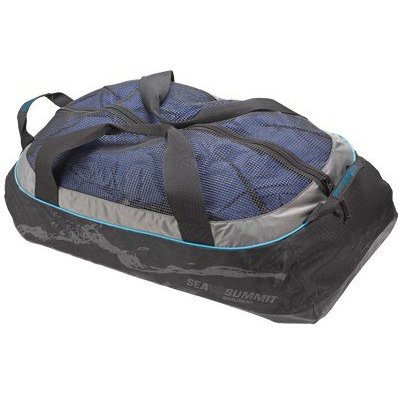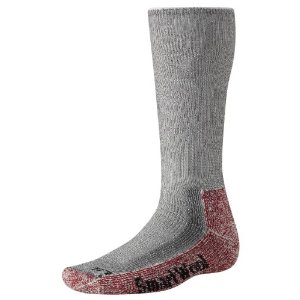Kilimanjaro Summit Success Rates
Ethically we are torn about publishing summit rate statistics. If a company focuses on their summit rate as a reason for a potential trekker to choose them over another company, then it will likely lead to pressure being placed on the guides to push clients to the summit, even when it puts the climbers in risk due to the onset of serious medical conditions.
We evaluate our guides and crew based on their ability to do their job. And the most important job of a guide is to ensure that safety and security of the climbers and crew. We do however collect a great deal of statistics to evaluate many aspects of the trip. One of those is summit success rates, or statistically: the highest altitude the climber reached. This statistic is used in combination with other variables such as the route, the temperature and climate conditions, Diamox usage, sex & age of the trekker to evaluate some effects of high altitude in collaboration with the medical staff at IFREMMONT.
It seems that many Kilimanjaro climbing outfits claim to have a 98% summit success rate. While this may be possible over a short period, over a long period it is statistically impossible based on the current clinical research involving Acute Mountain Sickness with the rapid elevation gains of Kilimanjaro treks.
We believe that this is where transparence solves the problem. If a guide is pressured to maintain a 98% summit success rate, he is put in a bad situation and may pressure the climbers under unsafe circumstances. Furthermore, if climbers believe that 98% of people that have done the trek made it to the top, they may not be willing to descend when serious medical conditions present themselves.
Therefore we share many statistics with people that are considering climbing Mount Kilimanjaro, so that they will be in a better position to evaluate which route to take and to decide if they think that using Diamox may be of an advantage. Additionally, it should provide a realistic perspective that some people do not reach the summit due to medical conditions caused by altitude, which have nothing to do with the physical condition of the climber nor their lack of effort to reach the summit.

Updated July 1, 2015

Current Kili Base Weather
Recommended
Trail Back Trek Poles
$79.95
Dry Mesh Duffle Bag
$119.95
Extra Heavy Socks
$18.36








